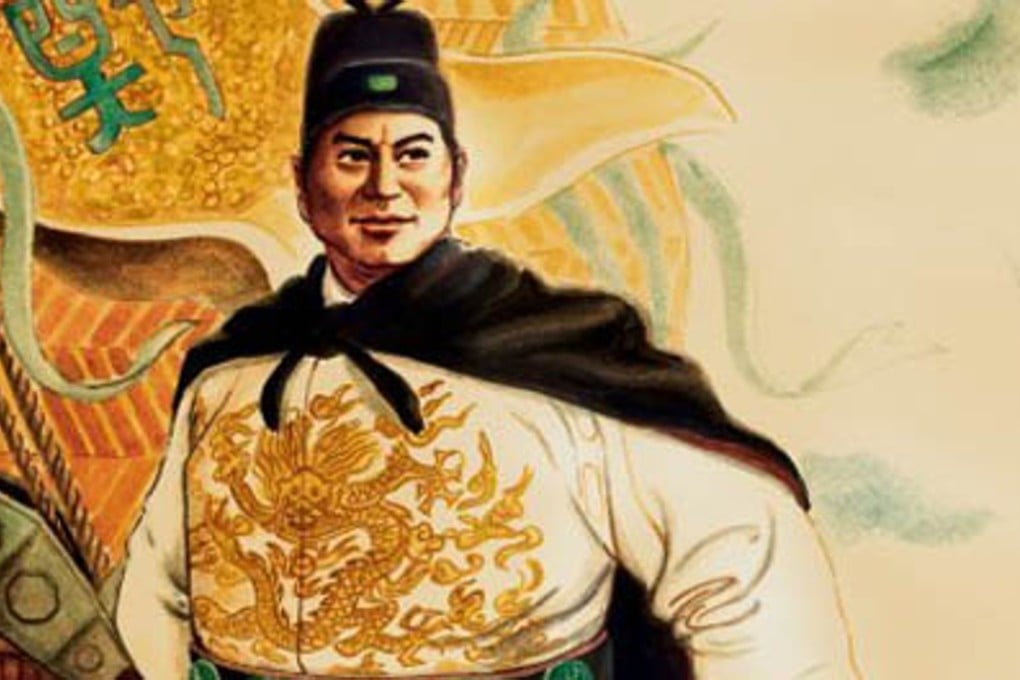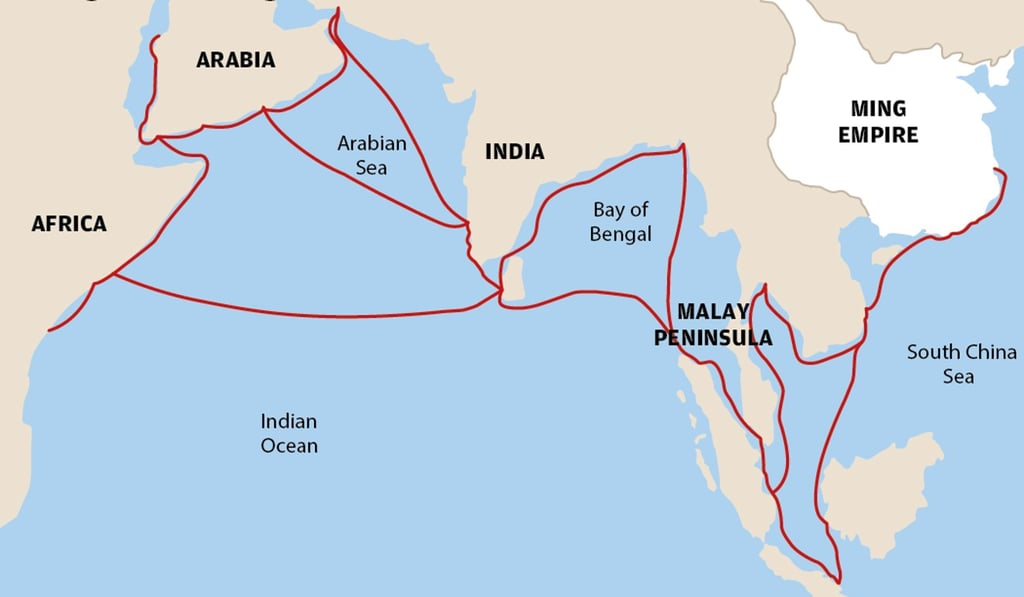Hunt for Ming dynasty admiral Zheng He’s lost treasure ship heats up in Indian Ocean
Study off coast of Sri Lanka, where massive vessel that was part of Chinese adventurer’s fleet sank 600 years ago, has delivered ‘positive results’

During an epic naval battle between Chinese and local forces off the coast of Sri Lanka more than 600 years ago, a massive treasure ship laden with gold, precious gems and religious artefacts was scuppered and sank to the bottom of the Indian Ocean.
According to the history books, the vessel (or vessels – no one knows for sure exactly how many ships might have sunk) was part of the fleet of Chinese admiral Zheng He, one of the greatest maritime adventurers of all time. But while stories of his exploits abound in Chinese texts, no hard evidence has ever been found to prove the existence of his ships.
That, however, could be about to change, as researchers are set to embark on an archaeological expedition that they believe could not only settle a centuries-old debate, but also yield a hoard of lost Ming dynasty (1368-1644) treasure.

Zheng was born into a Muslim family in 1371. Castrated in his youth, he served as a eunuch in the imperial court before becoming a mariner and explorer. Between 1405 and 1433, he led seven expeditions, spreading Chinese influence across half the globe, from Southeast Asia to east Africa.
Sometime between 1410 and 1411, Zheng launched an attack on the island of Ceylon, the former name of Sri Lanka.
At the time, China had the world’s most powerful naval force. Zheng’s fleet comprised more than 300 vessels, of which about a fifth were “treasure ships”. Such vessels traditionally set sail laden with gold, silver, porcelain and silk as gifts to foreign leaders from the emperor, and returned to China with precious stones, ivory and other exotic valuables given in return.